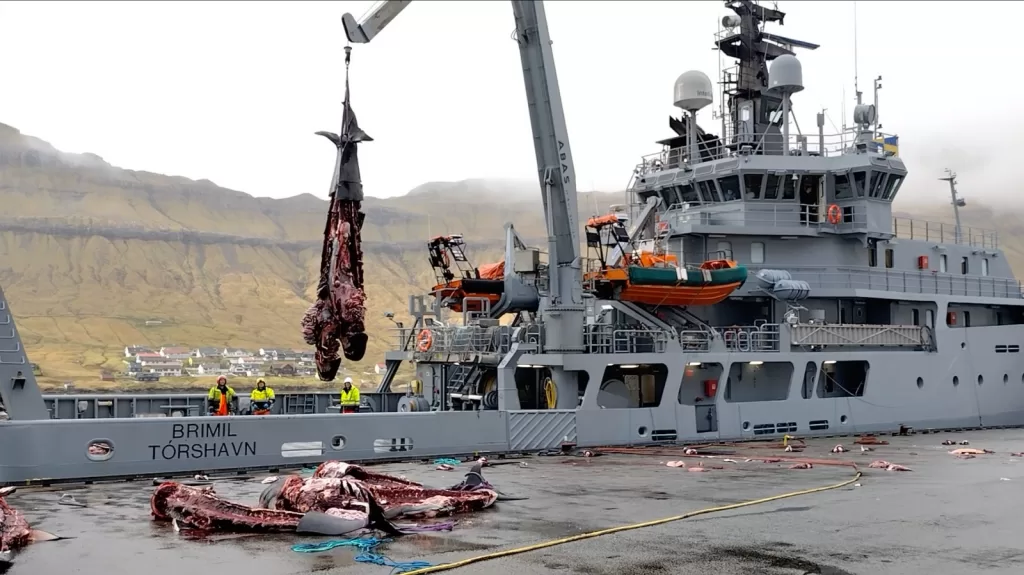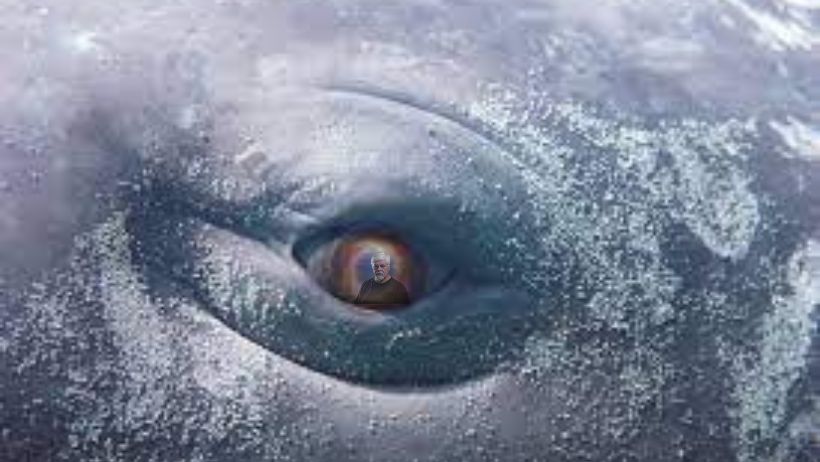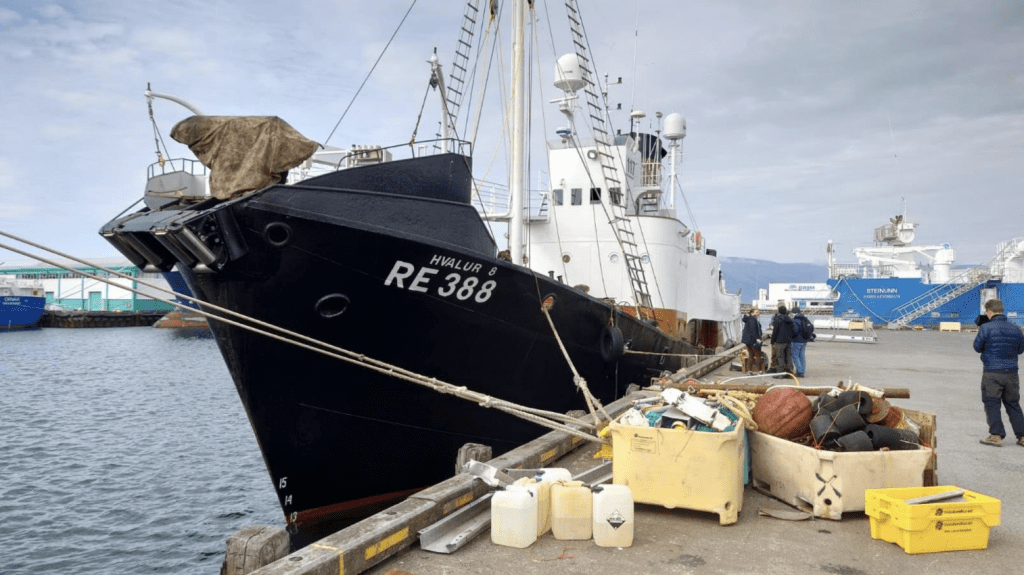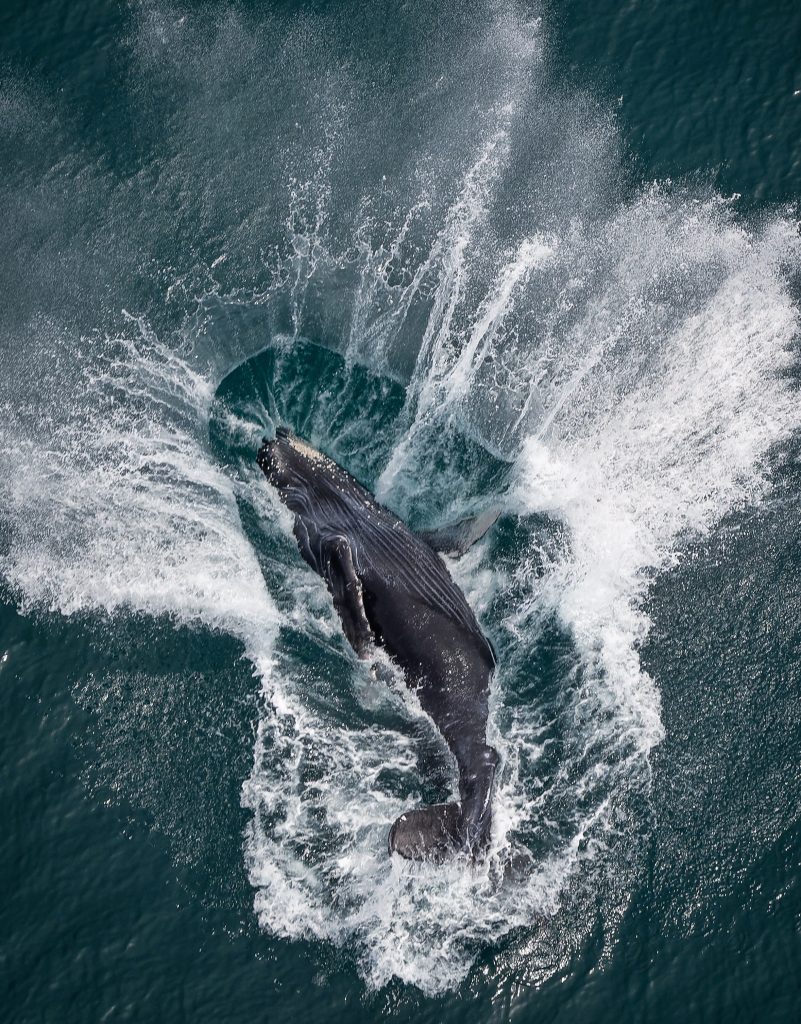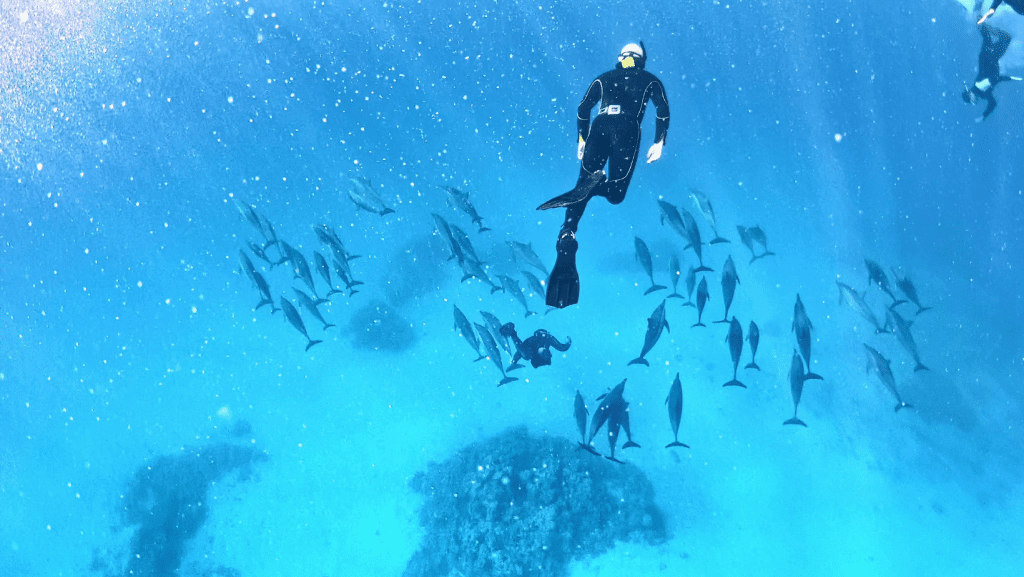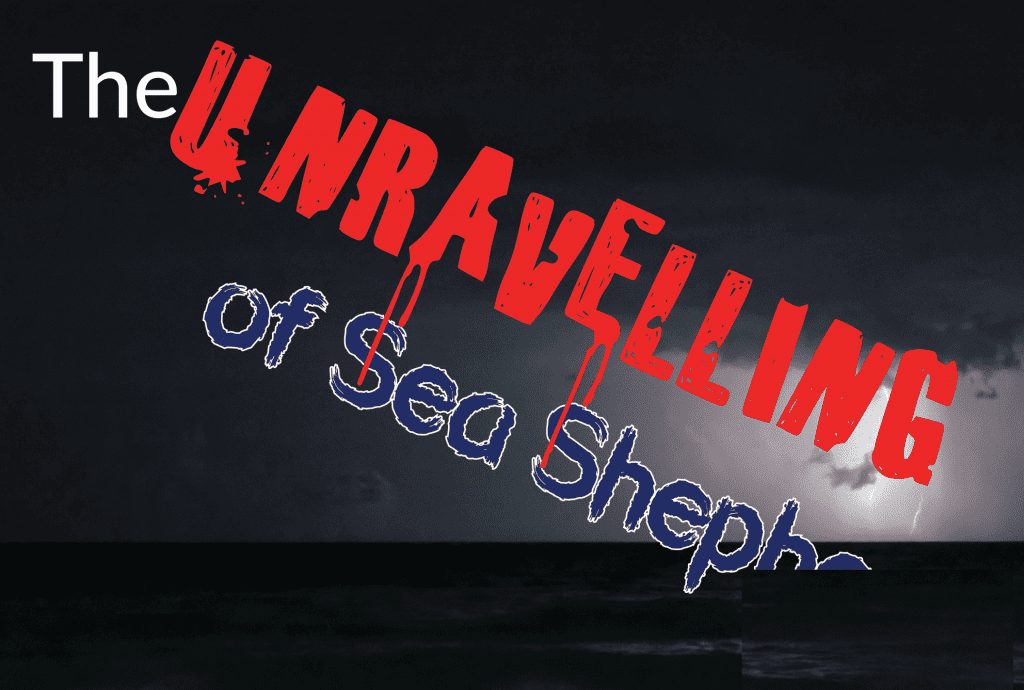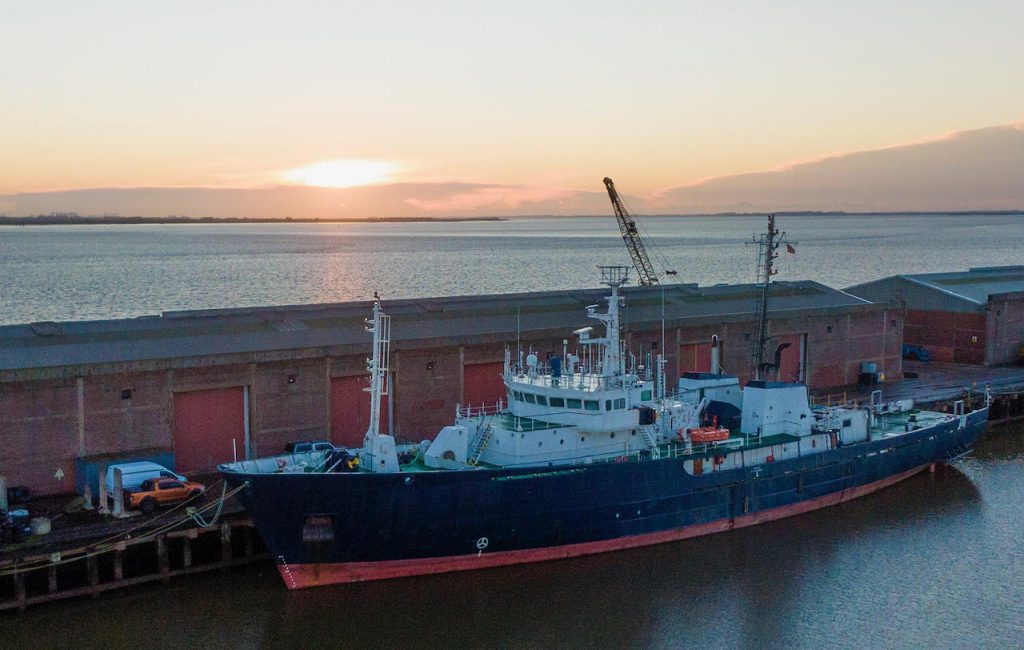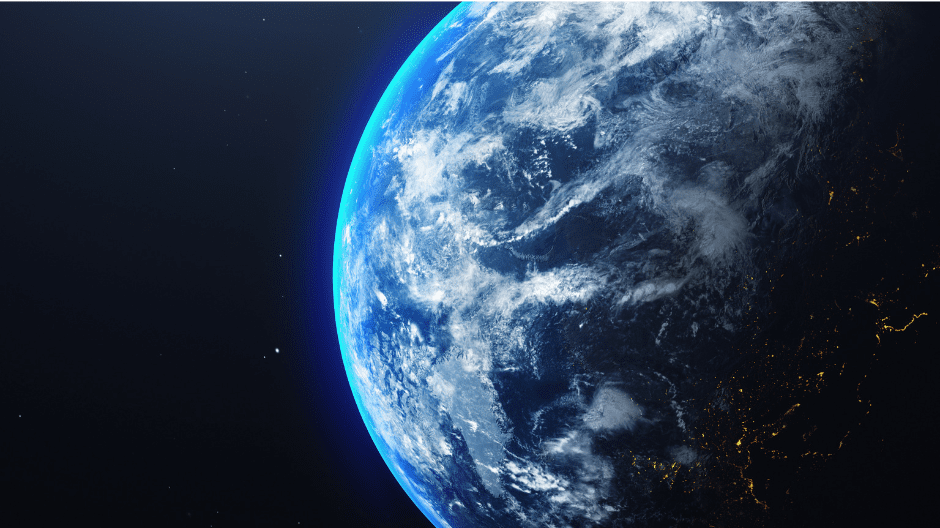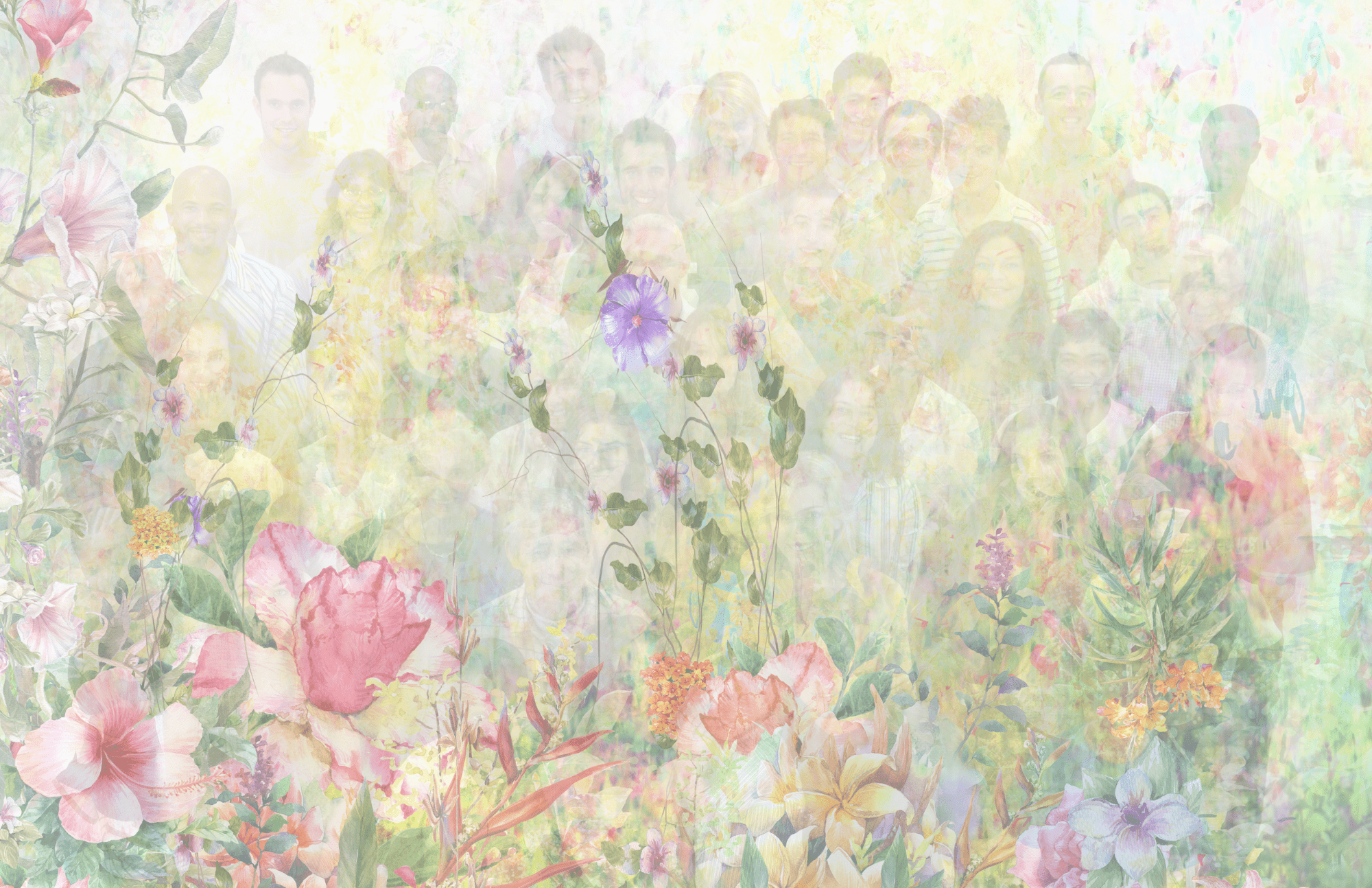
We are the Children of Flowers
Two hundred million years ago during the Triassic period, the world changed dramatically. Prior to the Triassic, the landscape was a somber and endless panorama of green and brown, of plants that struggled to survive and reproduce with only the wind and water to spread their pollen.
To survive and flourish, plants evolved a wondrously beautiful way to reproduce by harnessing the bodies of animals to spread their seed. This created an intimate interdependence between animals and plants.
This was the evolution of the Angiosperm, the flowering plant, and the beginning of millions of years of seduction of animals that resulted in the flowering fruit-bearing plants that today are the most dominant members of the plant family.
Flowering plants are the mothers of the modern animal world.
The emergence of flowering plants began the evolution of animals that could adapt to a permanent partnership with the plant world.
It was a mutually beneficial relationship. Animals assist with the reproduction needs of plants by spreading pollen and seeds and plants rewarding animals with sugary fruits.
This interdependence is the reason that humans, plants, and most other animals exist today.
The sex lives of plants involve a partnership between plants and insects, birds and mammals, so much so that most species of plants and animals cannot survive without each other.
To seduce animals, plants evolved to produce flowers and fruit. The flowers are the seduction to enable them to exchange pollen and the fruits are the reward for spreading the seeds.
The seduction involves color and smell, and the distribution of seeds relies on taste and texture.
This amazing interspecies sexual relationship led to competition amongst the plants to be as beautifully seductive as possible by exhibiting an attractive appearance and producing an alluring perfume.
Plants are not trying to seduce other plants. They are very much fixated on the seduction of animals.
In this extraordinarily marvelous interdependence, it is the plants that have been the dominant seductive partners. It is the plants that have predominantly influenced the development of behavior in animals.
Some plants and animals have developed monogamous relationships. The relationship between the now extinct giant ground sloth and the avocado is a good example. The unusually large seed of the avocado was once swallowed whole by the sloth and the seed deposited with the nutrient-rich feces of the sloth in a different location than the parent tree. Today the avocado depends upon human assistance to reproduce. In both cases, the sloth was rewarded, and as humans are now rewarded with a nutritious fruit.
The Calvaria tree on the island of Mauritius is nearly extinct because reproduction was dependent upon passage through the digestive tract of the now-extinct Dodo bird. It is only because of the intervention by human botanists that this tree can survive.
Other animals that spread seeds today are numerous species like elephants, birds and even turtles. Animals bury seeds, excrete them or plants attach the seeds to their fur.
And of course, the plants depend on the bees and other insects, hummingbirds, and numerous animal species to spread their pollen.
The plants also benefit from what Charles Darwin called the great unsung agriculturist, the earthworm and because the plants benefit, we also benefit and a world without earthworms would be a very poor world indeed.
Bees are so valuable as pollen distributors that without them human agriculture would be in serious trouble. And entire economies would collapse.
Agriculture has benefited plants just as much as it has benefited humanity. Through a long process of genetic modification by farmers over millennia, plants like wheat, corn, rice, and hundreds of other plants have become stronger and certainly more numerous. Agriculture, despite the negative impact of pesticides, herbicides, fungicides, and the unnatural abomination of Monsanto seeds has been very advantageous to the plants that now have such an intimate relationship with humans.
On the downside, the human tendency to focus on the development of specific members of the plant world and ignore others has led to diseases and the diminishment of many species and varieties.
There are 7,500 different varieties of apples. There are 180 different potato species and 4,000 varieties. There are 7 species and 20 varieties of wheat and 120 varieties of corn with 20 varieties.
There are 1,000 varieties of bananas divided into 50 groups but outside of the tropics, most people are familiar with only the Cavendish banana. The Cavendish banana cannot reproduce on its own and requires human assistance because these commercial crops are all clones.
This does not bode well for the future of the Cavendish. Up until the middle of the 20th century, the most popular banana was called the Gros Michel. It was larger, stored better, and was much sweeter. The Gros Michel was also cloned. By 1960, it was virtually wiped out by a fungus called the Panama disease because each banana was genetically like every other banana and thus there was no resistance to the plague. This fungus has mutated and is now threatening to infect the Cavendish banana and it is quite possible it will be lost also. So, although some fruits are now dependent on humans, that dependence has its dangers.
Humanity is dependent upon just a small fraction of the existing species and varieties and this dependency could cause serious problems in the future should a virus diminish or destroy one or more of the species that we depend upon, like the Cavendish banana for example.
We usually don’t give much thought to our dependence on plants. What would happen if a virus spread into the family of grasses? There are some 10,000 species of grasses that provide 60% of the human food supply. This includes rice, grains, bamboo, sugarcane, and forage grasses.
What would happen if the grasses died out? It would be the end of the world as we know it and certainly the end of civilization. Humanity would starve, herbivores would go extinct, and a great number of animals would disappear.
At the same time, the grasses need animals to survive. The great herds of herbivores in Africa provide nutrients to the soil just as the whales provide nutrients to the aquatic plants that we call phytoplankton.
If phytoplankton dies, the Ocean dies! If the grasses die, life on land dies!
We, humans, exist today because of the emergence two hundred million years ago of flowering plants. We exist because of favorable fluctuations in climate and some human societies advanced over other human societies by the chance of being in geographic locations that contained more favorable diversities of species of plants and animals.
Diversity and interdependence of species are what make ecosystems strong and resilient.
What humanity is, has been defined by human connections to the natural world of diversity and interdependence. By partnerships between human animals and other animals and between the human animal and species of plants.
Did humans adapt to the cultivation of plants through agriculture, or did plants utilize humans to increase their ability to flourish and evolve? Relationships between species are beneficial to each other. Humans get to eat wheat, rice, and corn and these plants get to flourish and to develop stronger genetic structures. Humans can shape the evolution of plants but only by allowing the plants to shape the evolution of humans.
This also holds true for the relationship between other animal species and other plant species. Plants evolve to partner with animals and animals evolve to partner with plants. Animals produce carbon dioxide, plants utilize that carbon dioxide and produce oxygen as a waste product for animals to use. Whales provide nutrients like iron and nitrogen to phytoplankton and phytoplankton produce oxygen and food for animals.
In fact, the entire animal world depends on the existence of phytoplankton to produce oxygen, to sequester carbon dioxide, and feed the zooplankton that feeds the whales and the fishes.
Without bacteria, worms, and insects the soil could not support the plants that support the animals.
Plants literally eat sunlight and water and feed on nutrients in the soil and in turn, provide food to the animals that are needed to provide nutrients to the soil.
Plants produce an amazing array of gifts to the animal world. Aside from the essential element of oxygen and the sequestering of carbon, plants provide the animal world with a cornucopia of fruits to support human life. Bees and other insects, animals and birds deliver pollination and in turn the plants provide a fruit that contains the seeds of reproduction as a reward. Plants have evolved to incorporate animals into their sex lives.
This is the essence of Biocentrism, the interconnections, the intimate relationships between animals and plants, animals and animals and plants and plants. It is the understanding of the requirement of interspecies harmony to maintain the health and security of all species.
With the understanding of this harmony comes the realization that we are part of a system far more significant than the restricted box that the philosophy of Anthropocentrism has placed human societies within.

